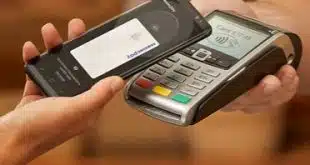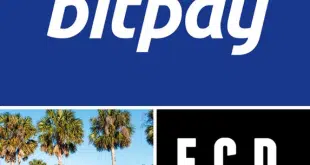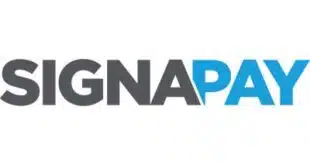It’s still at least three years off, but it’s none too soon for bankers and payments executives to be wondering exactly how the Federal Reserve’s planned FedNow real-time payments service will shape up. What will be the pricing, what about disputed transactions, and just what exactly is a real-time payment, anyway?
Two Fed officials fielded questions about those topics and more during a 90-minute Fed-sponsored webinar last month. Much of what was discussed wasn’t new, but some new factoids emerged as well as identification of issues that will be getting much more attention as the service develops (“The New Reality in Real-Time Payments,” September).
For example, one inquirer asked about FedNow’s cost. The answer is that pricing hasn’t been set. But Kirstin Wells, principal economist in payment studies at the Fed, said a price structure could take its cues from pricing for existing Fed services, such as for automated clearing house transactions, that have participation and transaction fees.
“We are not going to be announcing any kind of fee or fee structure until closer to implementation because we’re going to be looking at what the market conventions are at the time of implementation and try to correspond closely to those,” Wells said. She added that the Fed is obliged under the 39-year-old Monetary Control Act to recover its costs.
Wells also noted that what the Fed will deem a “real-time” payment hasn’t been determined in terms of settlement time. “It would be within seconds, whether it’s one second, five seconds, 15 seconds, I can’t say, we just don’t know that yet,” she said. “But we’re designing it to be as close to real time as possible.”
Also to be determined is what will happen if something goes wrong in a FedNow payment, which is billed as an irrevocable credit transaction. Receiving banks won’t have the option of automatically returning a payment. The emphasis will be on preventing misdirected payments and other errors before hitting the send button.
“What we envision is that there will be a message sent to the receiving bank to verify that the incoming payment is going to a valid account holder at that bank,” said Wells. “So that kind of gives a check that the receiving bank can perform before the payment even comes in, and if they say no, we don’t have this account, then the payment wouldn’t be sent to them.”
One thing FedNow won’t be doing is settling payments in digital currencies, at least at the get-go. “FedNow transactions will settle to Federal Reserve master accounts in U.S. dollars,” said the other speaker, Connie Theien, a senior vice president at the Federal Reserve Bank of Chicago and the Federal Reserve System’s director of payments industry relations. “At this time there isn’t a contemplation of using other types of currencies.”
The Fed has said FedNow won’t be live until 2023 or 2024. The central bank is taking comments on its proposal through several channels, including formal comments to the Federal Register until Nov. 7.





